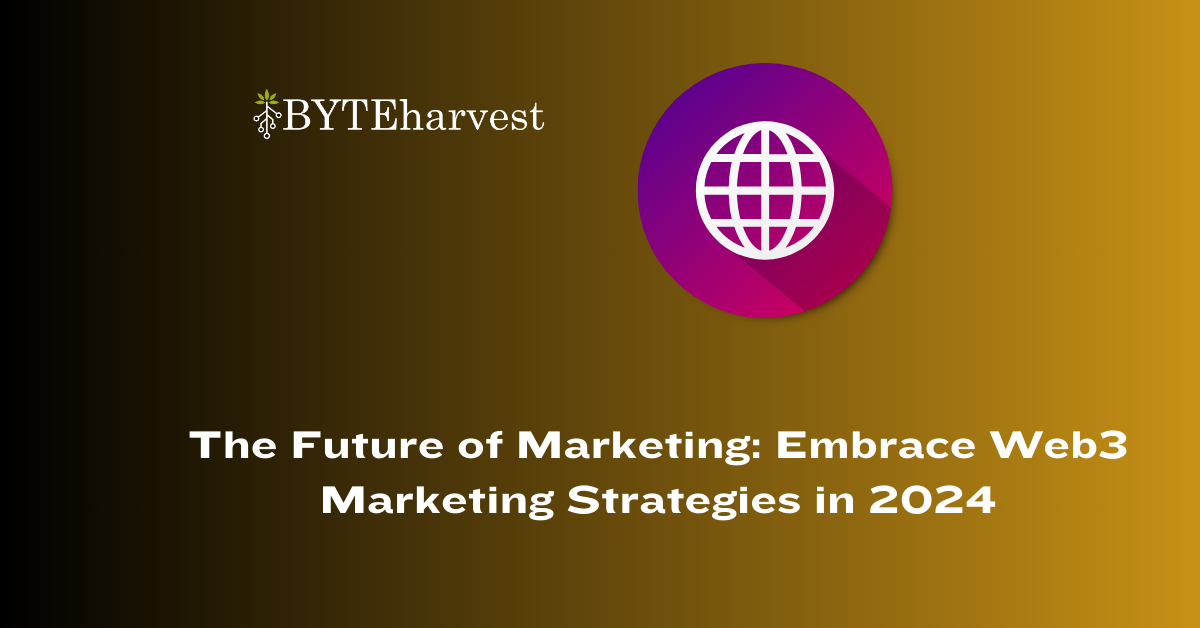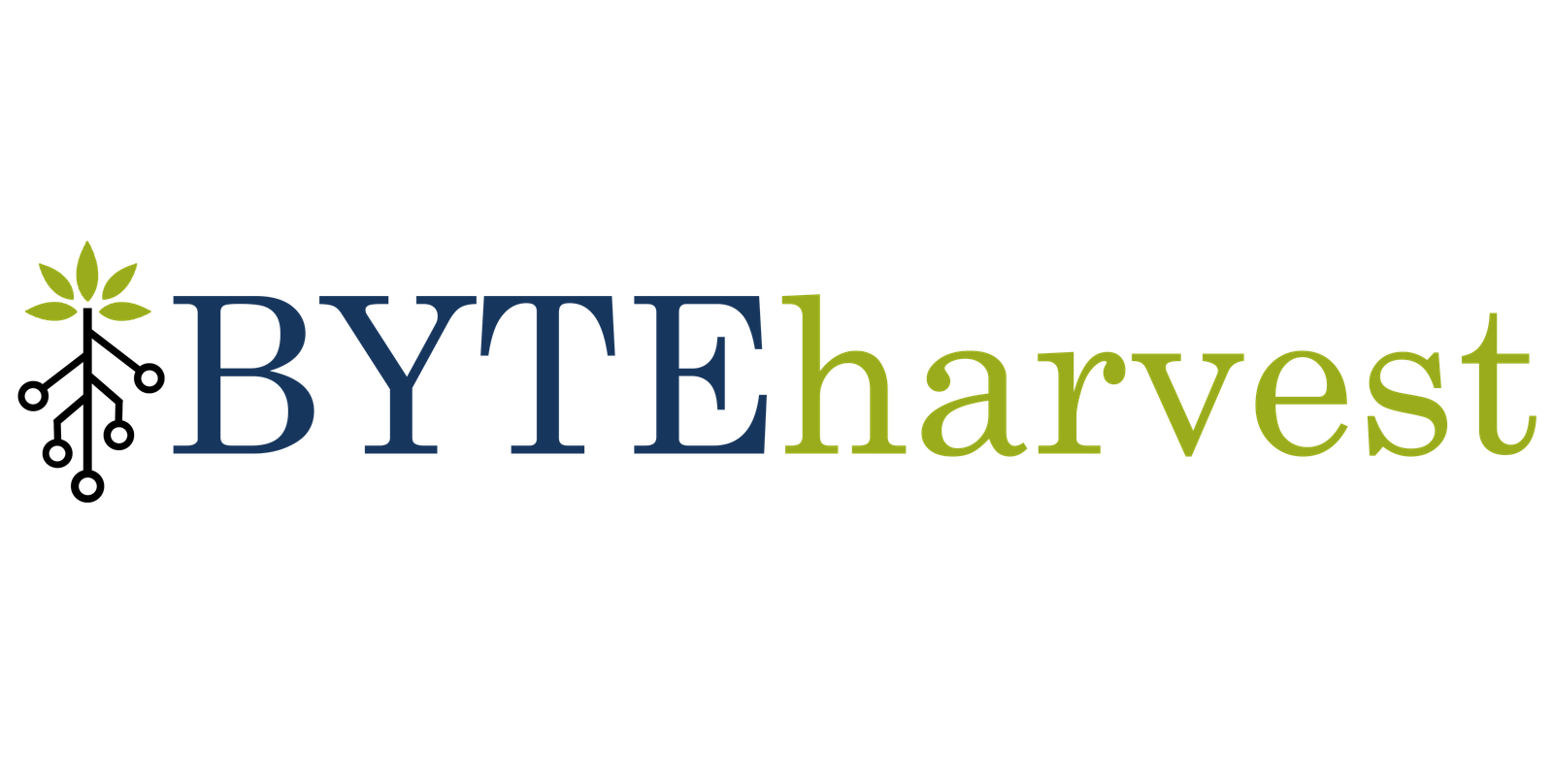Exploring Web3 Marketing
In 2024, the marketing landscape is rapidly shifting with the rise of Web3 technologies. As businesses adapt to decentralized platforms, blockchain innovation, and the evolution of digital assets, marketers must embrace new strategies to stay ahead of the competition. Web3 marketing, encompassing blockchain technology, decentralized platforms, and community-driven approaches, is set to reshape how brands connect with their audience. In this article, we’ll explore the future of marketing, the key trends to watch, and the top Web3 marketing strategies you should implement to succeed in 2024 and beyond.

Why Read This Article?
As we move further into the age of Web3, marketers must adjust their approach to stay relevant. Web3 marketing is not just a trend; it represents a revolution in how businesses can leverage blockchain technology, decentralize their marketing efforts, and build deeper, more meaningful relationships with their audience. This article provides a comprehensive guide to understanding Web3 marketing, the benefits it offers, and how you can implement the best strategies for 2024. Whether you’re a digital marketing professional, business owner, or marketer looking to dive into the Web3 space, this guide is for you.
Table of Contents
- What is Web3 Marketing and Why Does It Matter?
- How Does Web3 Marketing Differ from Traditional Marketing?
- What Are the Key Benefits of Web3 Marketing in 2024?
- How Can Marketers Embrace Web3 Technologies and content marketing in Their Campaigns?
- What Are the Top Web3 Marketing Strategies for 2024?
- How Does Blockchain Technology Transform Marketing?
- What Are the Challenges of Web3 Marketing and How to Overcome Them?
- How Can Marketers Leverage Decentralized Platforms in Web3 Marketing?
- What Role Does Community-Driven Marketing Play in Web3?
- What is the Future of Marketing in the Web3 Era?
1. What is Web3 Marketing and Why Does It Matter?
Web3 marketing refers to the application of marketing strategies that leverage Web3 technologies like blockchain, decentralized platforms, and smart contracts within the digital world. Unlike Web2 marketing, which is centralized and relies heavily on platforms like Google, Facebook, and Instagram, Web3 marketing enables brands to engage with their audience in a more decentralized, transparent, and secure way.
Why Is Web3 Marketing Important?
The importance of Web3 marketing lies in its ability to offer more control and ownership to both marketers and consumers. Web3 allows businesses to engage directly with their target audience without relying on centralized entities. This can lead to more authentic interactions, better trust-building, and greater customer loyalty. By adopting Web3 marketing strategies, businesses can take advantage of the evolving digital landscape and position themselves as forward-thinking leaders in their industries.
2. How Does Web3 Marketing Differ from Traditional Marketing?
Web3 marketing represents a significant shift from traditional Web2 marketing models. In Web2, marketing strategies are often based on data-driven insights derived from centralized platforms, such as social media networks and search engines. However, Web3 marketing is decentralized, leveraging blockchain and distributed technologies to give more power to the user and create a more transparent environment.
Key Differences Between Web2 and Web3 Marketing
- Centralization vs. Decentralization: In Web2, businesses rely on centralized platforms (like Facebook, Google, etc.) for marketing. Web3, on the other hand, leverages decentralized networks where users control their data.
- Data Privacy and Ownership: Web2 marketing often involves collecting vast amounts of personal data, which is controlled by third-party platforms. Web3 puts data ownership back in the hands of users through decentralized platforms and blockchain technology.
- Engagement and Trust: In Web3, businesses can directly engage with their target audience without the need for intermediaries. This leads to more authentic interactions, better trust-building, and a sense of community-driven marketing.
3. What Are the Key Benefits of Web3 Marketing in 2024?
As we head into 2024, the benefits of Web3 marketing become increasingly apparent. Blockchain technology, decentralized platforms, and the overall Web3 ecosystem provide opportunities for more effective and innovative content marketing strategies.
Benefits of Web3 Marketing
- Transparency: Web3 platforms use blockchain to ensure that all transactions and interactions are transparent and verifiable. This fosters trust between brands and their audience, which is essential in today’s marketing world.
- Better Customer Engagement: Web3 marketing facilitates direct, decentralized communication with customers, allowing for more personalized marketing efforts and stronger relationships.
- Increased Security: Blockchain technology ensures that digital transactions and data are secure, which is crucial for protecting both businesses and consumers in the digital landscape.
4. How Can Marketers Embrace Web3 Technologies in Their Campaigns?
To stay competitive, marketers must begin incorporating Web3 technologies into their marketing campaigns. The first step is understanding how blockchain, NFTs (Non-Fungible Tokens), and decentralized platforms can be used to create innovative marketing strategies.
Key Web3 Technologies Marketers Should Embrace
- Blockchain Technology: Use blockchain to track and verify customer interactions, streamline payments, and create more secure and transparent transactions.
- NFTs and Digital Assets: Brands can create and sell unique digital assets or NFTs that represent exclusive content or products. These NFTs can be used to build customer loyalty and create new revenue streams.
- Smart Contracts: Marketers can use smart contracts to automate various marketing processes, such as rewarding customers for certain behaviors or automating content creation.
5. What Are the Top Web3 Marketing Strategies for 2024?
As Web3 technologies continue to evolve, marketers must adopt new strategies, including email marketing, to stay ahead of the curve. Here are some of the top Web3 marketing strategies for 2024:
Key Web3 Marketing Strategies
- Community-Driven Campaigns: One of the key principles of Web3 is the emphasis on community and building trust among users. Brands should focus on building communities and fostering engagement through decentralized platforms like Telegram or Discord.
- Influencer Marketing: Web3 offers new opportunities for influencer marketing, especially within niche blockchain communities. Brands can partner with influential content creators or community leaders who have strong connections with Web3 audiences.
- Interactive Experiences: With the advent of virtual worlds and augmented reality, Web3 allows brands to create more immersive experiences. Hosting virtual events, building brand experiences in virtual worlds, or using AR features can help businesses stand out.
6. How Does Blockchain Technology Transform Marketing?
Blockchain technology is the backbone of Web3 and plays a crucial role in transforming how marketers approach digital marketing. Blockchain provides a secure, decentralized way to track and manage data, leading to more transparency, trust, and security.
Blockchain’s Impact on Marketing
- Data Ownership and Privacy: Blockchain allows users to own and control their data. Marketers can offer users the option to share data in exchange for rewards, creating a more transparent and ethical data ecosystem.
- Transparent Transactions: Blockchain’s transparency allows consumers to verify transactions and interactions, increasing trust in the brand.
- Tokenization: Brands can tokenize products or services, creating new ways to engage with customers and build loyalty.
7. What Are the Challenges of Web3 Marketing and How to Overcome Them?
While Web3 offers numerous benefits, marketers may face several challenges when implementing Web3 strategies. These challenges include navigating the complexity of blockchain technology, educating consumers, and dealing with scalability issues.
Overcoming Web3 Marketing Challenges
- Education: Many consumers and businesses are still unfamiliar with Web3 technologies and the potential of 3.0. Marketers should focus on educating their target audience through informative content and transparent communication.
- Scalability Issues: Decentralized platforms can sometimes face scalability challenges, particularly in terms of transaction speed and network congestion. Marketers should stay informed about developments in blockchain technology to ensure smooth operations.
8. How Can Marketers Leverage Decentralized Platforms in Web3 Marketing?
Decentralized platforms are at the core of the Web3 ecosystem. These platforms allow businesses to bypass traditional intermediaries and engage directly with their audience.
Benefits of Decentralized Platforms
- Direct Engagement: Marketers can communicate directly with their audience, fostering a more authentic and transparent relationship.
- Reduced Costs in the digital world can lead to more efficient marketing strategies.: Without the need for intermediaries, businesses can reduce their marketing costs and allocate more resources to innovative strategies.
- Increased Trust: Decentralized platforms enable a more trustworthy environment, where consumers have control over their data and interactions with brands.
9. What Role Does Community-Driven Marketing Play in Web3?
One of the most important aspects of Web3 marketing is community-driven efforts. Web3 projects often rely on community members to drive adoption, promote the platform, and offer feedback on products and services through social media marketing.
Importance of Community in Web3 Marketing
- Building Brand Loyalty: By engaging with your audience and encouraging them to become active participants, you can build a loyal customer base that advocates for your brand.
- Crowdsourcing Ideas: Web3 communities often contribute valuable insights and ideas, which can help shape a company’s product or marketing strategy.
10. What is the Future of Marketing in the Web3 Era?
The future of marketing in the Web3 era is bright, as businesses begin to embrace the decentralization, transparency, and security offered by Web3 technologies. As the Web3 ecosystem continues to grow, we can expect even more innovative marketing strategies that leverage blockchain, NFTs, decentralized applications, and other emerging technologies in the 3.0 landscape.
The Next Steps for Marketers
- Stay Informed: The Web3 landscape is evolving rapidly, so marketers must stay up to date with the latest trends, tools, and platforms.
- Experiment with New Technologies: Embrace new technologies like augmented reality and social media marketing to enhance user engagement.
, virtual worlds, and NFTs to engage with your audience in innovative ways.
- Foster Strong Communities: Building a strong community of loyal customers will be essential for success in the Web3 era.
Key Takeaways
- Web3 marketing leverages blockchain technology, decentralized platforms, and community-driven strategies to create more transparent, secure, and engaging marketing campaigns.
- Web3 marketing differs from traditional Web2 marketing by prioritizing data privacy, user control, and direct engagement with the audience.
- Key Web3 marketing strategies include community-driven campaigns, influencer marketing, and immersive experiences on social media platforms.
- Marketers should focus on leveraging decentralized platforms, embracing blockchain technology, and educating consumers to overcome the challenges of Web3 marketing.
- The future of marketing lies in the integration of Web3 technologies and the development of innovative, community-focused marketing approaches.
By understanding and embracing Web3 marketing in 2024, businesses can position themselves at the forefront of the marketing revolution, ensuring success in the evolving digital landscape.

